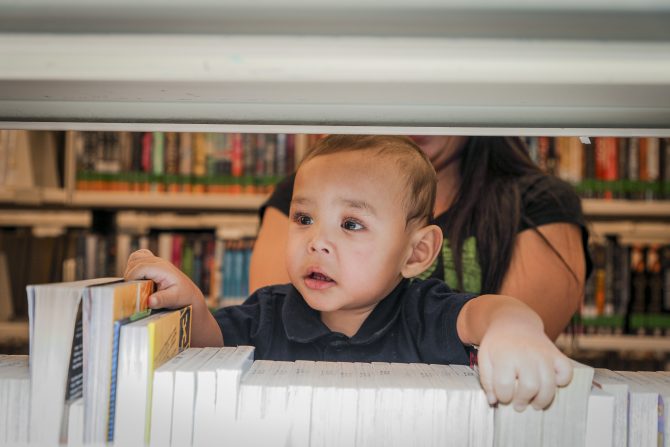
Reading books by diverse authors, featuring a variety of races, genders, sexual orientations and physical abilities, is incredibly important for children. Not only because children see themselves represented in the stories they read, but also so they're exposed to people with different backgrounds and living different lives than them. Diverse books also help children understand anti-racism.
No matter the time of year, we encourage families to actively seek out books featuring Indigenous characters. Here are important considerations when choosing material:
1. Books by Indigenous Authors
Books with main characters who are Indigenous can only be accurately represented by Indigenous authors with nuance and authority. In Canada, we have many incredible Indigenous authors to celebrate and we have many resources to point you to these authors.
2. Diverse Representation
“Indigenous” is an umbrella term that covers a number of distinct Nations. The Constitution recognizes three Indigenous groups: First Nations, Métis and Inuit. There are many distinct First Nations with different cultures, languages and histories. The land now known as Alberta is home to 45 First Nations and the Métis Nation of Alberta.
When you’re looking at a children’s book, look for characters that celebrate this diversity by showing specific information, language and traditions from a variety of Indigenous Nations.
3. Free from Stereotypes
For many years, Indigenous characters have been romanticized and stereotyped in media. These stereotypes, in addition to historical inaccuracies or omissions, are harmful to everyone and do not reflect reality. Instead, look for books that go beyond simplistic characterizations that focus solely on appearance or imply all members of a community are the same.
Tales of the Mighty Code Talkers
4. History and Everyday
Books on historical events and tragedies are important materials in a collection and they can be used to introduce children to these events and the concept of structural racism from an early age.
However, if we only share historical and traumatic stories, children will have a narrow view of Indigenous Peoples. Make room for books that show people, who just happen to be Indigenous, going on adventures, making friends, in the present day or in the fantasy and sci-fi genres.
5. Indigenous Language
The Truth and Reconciliation Commission report recommends children’s books be published in Indigenous languages. Many children’s books incorporate English and Indigenous languages within their pages. Indigenous languages were suppressed in Canada and continue to lack the support from governments. However, one way Indigenous Peoples are working to revitalize their languages is through literature. Learn more about how you can help protect Indigenous languages.
Awâsis and the World-famous Bannock
Lii yiiboo nayaapiwak lii swer
When the Trees Crackle With Cold
It is important to not only read these types of books during National Indigenous History Month, but throughout the year. EPL staff is here to help. If you are looking for something specific, we will happily pull together a list of recommended titles for you to pick up from one of our locations.


Add a comment to: How to Choose Indigenous Books for Children